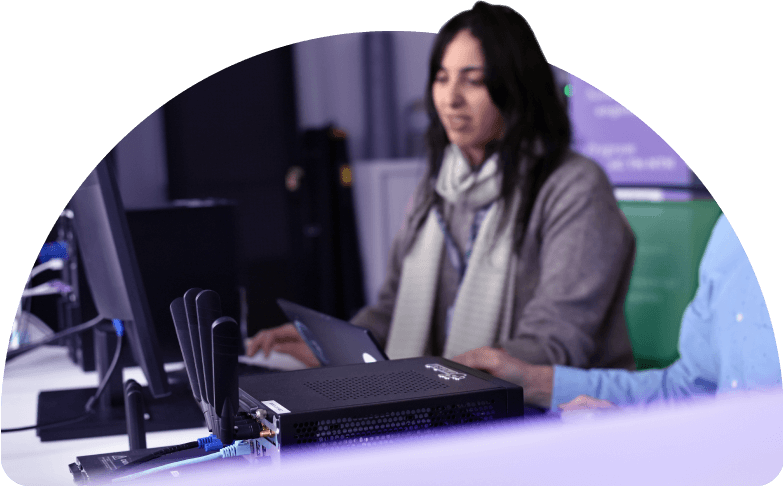We focus our research and development efforts on 4 technological axes: advanced manufacturing technologies, greener technologies, methods & tools for the development of complex systems and smart technologies.
Beyond our target markets, our technologies and skills are adapted to applications for mobility, environment, medical, energy & maritime.
These 4 axes work together to develop cross-cutting technologies to meet the challenges of the aeronautics, space and defense industries.

Smart technologies
The "Smart Technologies" axis develops Artificial Intelligence and connectivity technologies for systems.
Everybody ¬-- or almost everybody --¬¬ does Artificial Intelligence (AI). Our difference: we invent and deploy AI for critical systems. With the best laboratories in the world, we create robust, explainable, certification-compatible AI: this is the Franco-Quebec DEEL program.
We also develop and evaluate AI-based solutions for planning and decision making in complex and uncertain environments: satellite constellations, sensor networks, or air operations. In most of the critical systems on which we work, collaboration between Human and Machine takes a predominant place.
Similarly, connectivity technologies are ubiquitous: we are focusing on applications involving a non-terrestrial segment such as satellite or a high-altitude platform to increase the coverage of digital services in areas without infrastructure (5G, IoT). We cover frequencies from frequencies to microwaves, including photonics, and we prototype and validate innovations using radios and software networks (SDR and SDN).
Finally, we use AI to improve communications, just as we use techniques from real-time communications to improve AI!
In the same spirit of cross-fertilization, some of the robust AI techniques that we develop serve other axes of the IRT Saint Exupery, and increase the added value of the solutions developed for industrials such as
- AI to simplify system engineering,
- AI to diagnose processes with metallic materials,
- AI to control processes with ceramic matrix composites,
- AI to classify surface structuring defects,
- AI to detect and locate electrical arcs in an aircraft electrical network, etc.
The list will grow with your other problems: come to the IRT Saint Exupery, we will build with you the solution that will make you more competitive!

Our objectives
Smart Technologies
- Increase the performance & ubiquity of digital services.
- Plan and decide in complex environments.
- Invent & deploy certifiable Artificial Intelligence.

